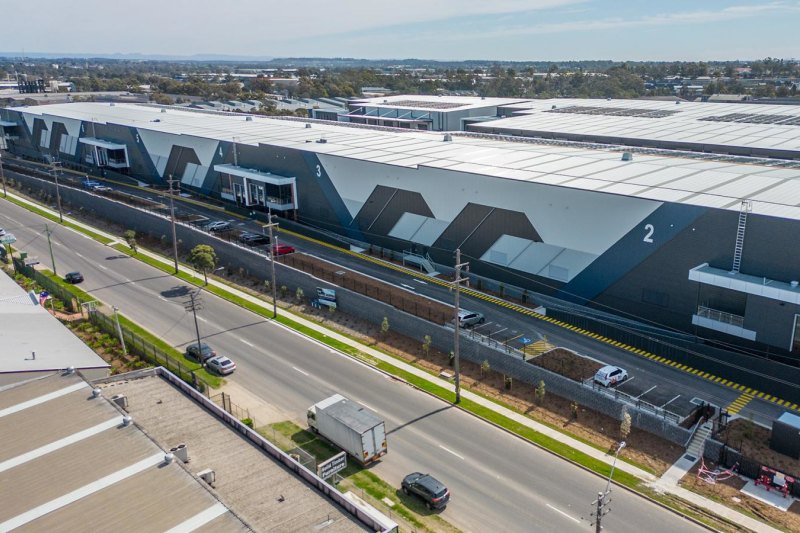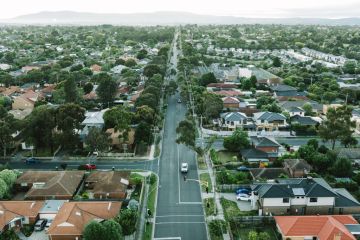How an interest rate rise will affect your mortgage

Your age and time in the market will have a marked bearing on how you perceive mortgage interest rates. If you had a mortgage in 1990, during the “recession that Australia had to have”, you might tremble as you recall interest rates reaching 18 per cent, whereas newcomers might wonder what all the fuss is about as they face their 27th straight month with a cash rate of 1.5 per cent.
Although we don’t know when most experts and the Reserve Bank Governor himself have said that the next move will be upward.
So what can you do to prepare yourself?
Andrew Liston, a home loan specialist, suggests a fixed interest rate can help.

“If you’re not comfortable with the state of the market and you’re anticipating a rise in the future, a good option would be to lock in your rates with a fixed-term mortgage.”
“You can typically fix loans for anywhere between one year to about five years.”
But note that when you switch to a fixed product, your ability to make extra repayments and pay it out faster may be limited by the bank. A common maximum is $10,000 per year. This is because the banks seek to lock in their profits so they can continue using those interest payments to fund loans to other customers.
If this puts you off, there is an alternative.
“Many people don’t realise that you can split a loan – so a percentage is fixed and a percentage is variable. You might put 60 or 70 per cent of the loan on fixed, and the rest is variable. So if even if variable rates do go up, at least you’ve got a portion of the loan that you can aggressively pay down or try to reduce.”

Veronica McAffee and her husband used this technique in 1990 when interest rates on their family home were peaking. Splitting the loan definitely helped, though they say it was a tough time.
“We chose to have half variable and half fixed and we battled to pay off the variable half as quickly as possible in case rates went up again.”
“When we got the mortgage we had to make this huge decision around variable and fixed and even though it felt like we were taking a punt, it made a massive difference.”
Andrew also advises mortgagees to shop around to ensure that your interest is competitive, making sure to read the fine print, so you’re only comparing loan products for which you are eligible.

“If you’ve already used a broker to get a home loan, and you want to change your product – go from variable to fixed – it is always better to come through someone like the broker again because even if we take you back to your same lender we can still apply for pricing discounts and fee waivers,” he says.
“We can try to get your rate discounted – the amount will be influenced by your behaviour as a customer, for example, if you make your repayments on time and by the size of your loan – the larger it is, the more the banks are willing to discount it.”
Another wise option: know your cash flow and calculate the interest rises you could accommodate in the future then make a plan. And be glad you’re not in Argentina at the moment, where rates are above 60 per cent.
We thought you might like
States
Capital Cities
Capital Cities - Rentals
Popular Areas
Allhomes
More







